BOARD 7 - IN THE GARDEN
The garden encompasses various habitats: grassy areas, water features, flower beds, deadwood, trees, and shrubs. A well-planned garden can serve as a vital habitat for endangered species like (wild) bees, insects, and butterflies.
A bee-friendly garden includes a diverse array of flowering plants that bloom at different times, catering to the nectar and pollen needs of these vital pollinators year-round. Incorporating various biotopes such as ponds, stone piles, natural fallow areas, and deadwood provides shelter and breeding sites. In essence, the more diverse your garden, the more vibrant its ecosystem!
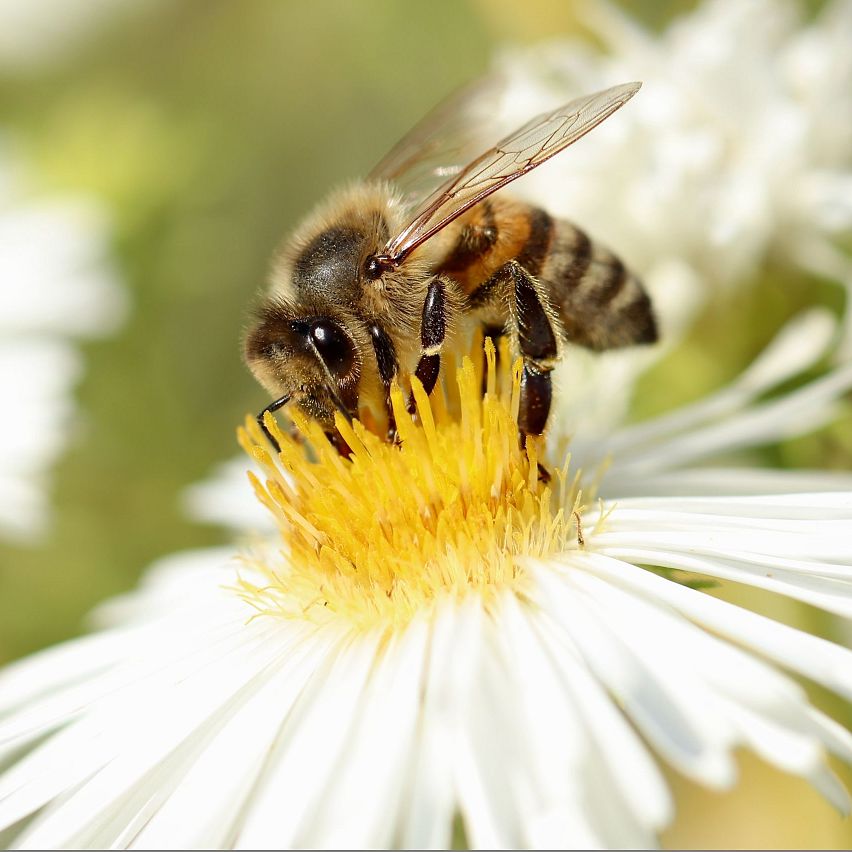
THE JOURNEY OF THE HONEYBEE
Busy little bee!
These industrious workers can fly up to 3 km in search of food, while drones venture up to 10 km during mating flights — ascending over 2,000 m in the Alps. Hence, encountering busy honeybees is possible nearly anywhere, even without a beehive in sight! In the upcoming stops, we'll increasingly encounter the honeybee, tracing its transition from wild creature to one of humanity's most crucial farm animals.
Search for and identify some honey plants!
How many different honey plants can you discover in our small garden? Feel free to seek assistance from our "Scharnitzer Saatmischung"!
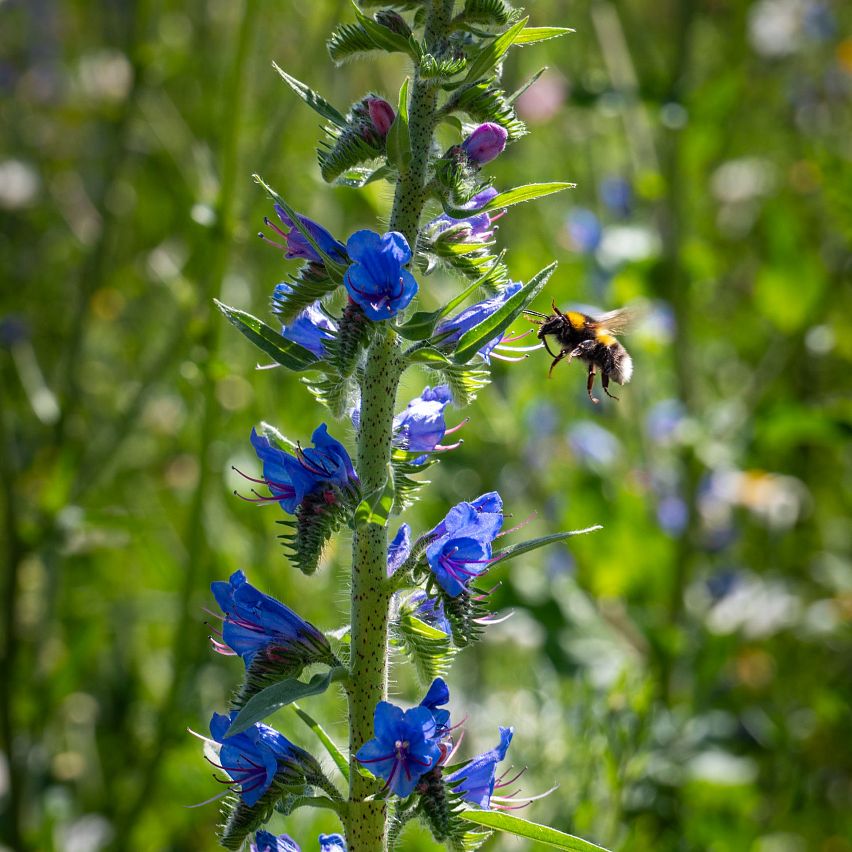
FULL OF FLOWERS AND BEE-FRIENDLY
Nativity and pollination
To produce their food and supplies, bees rely on pollen and nectar from flowering plants. Beekeepers often refer to this natural food source as "costume" - not to be confused with our traditional Tyrolean attire. As bees gather pollen and nectar, they inadvertently pollinate the flowers, ensuring the plant's survival while providing sustenance for themselves: a win-win situation!
The bee season spans from spring to late fall, until it becomes too cold for them to fly. Prior to hibernation, bees ensure they are well-prepared and adequately supplied with food (for more information, see Station 12).
Plant species abundant in nectar and pollen play a crucial role in preserving biodiversity. In the Seefeld region, efforts are made to sow unused embankments, traffic areas, and fallow lands with special honey mixtures for flower meadows and rough pastures - which are also available for purchase at our information offices for your own garden!
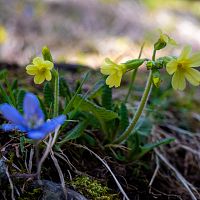
When does what flower?
Check out this plant database if you want to know exactly when you can sow which plants, when they flower and how high their nectar and pollen value is for bees.
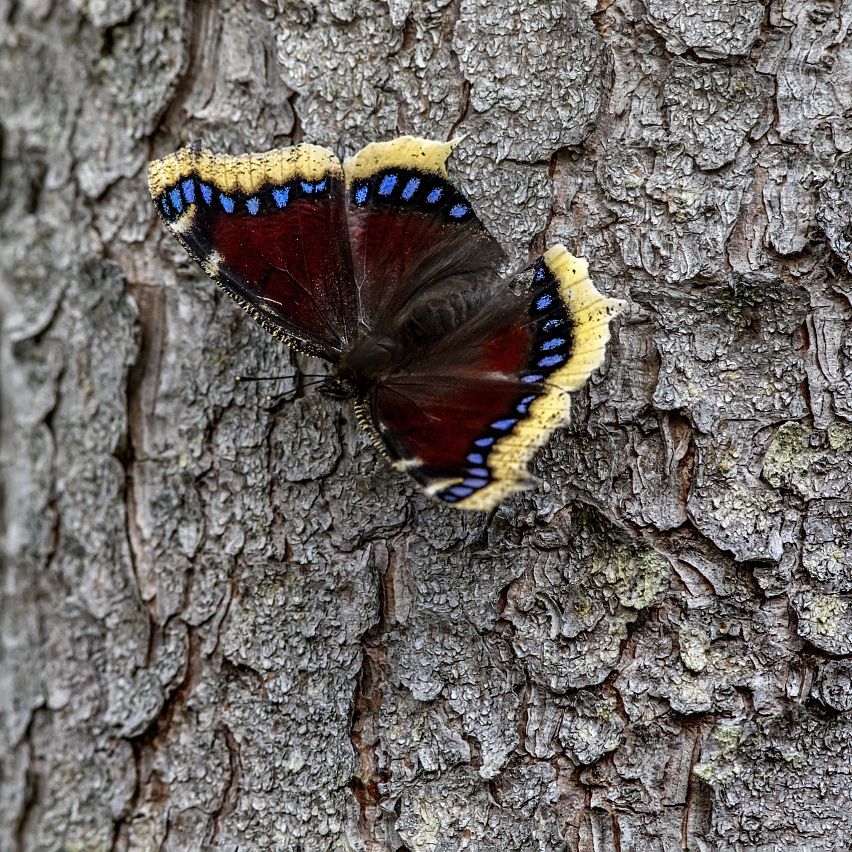
THE MAJESTIC
Mourning Cloak
– Nymphalis antiopa –
- Characteristics: Wingspan of up to 75 mm - one of the largest moths in Central Europe, wings velvety dark brown on top with a yellow edge and a row of blue spots, underside of wings is similar
- Habitat: in cooler deciduous forests and mixed forests, on forest edges and in gardens, native to the Alps up to 2,000 m altitude
- Lifestyle: In June, 100 to 200 eggs are laid around thin branches of birches and willows (= food plants), preferably over water. After the last moult, the caterpillars leave the food plant and pupate under an often distant rock or on a wall. The moths hatch in July and return to their winter quarters in the fall.
- Observation tip: easy to find while sucking nectar on bleeding tree trunks, especially birch trunks, in the fall also on fermenting fallen fruit
- Observation period: April to June and July to October
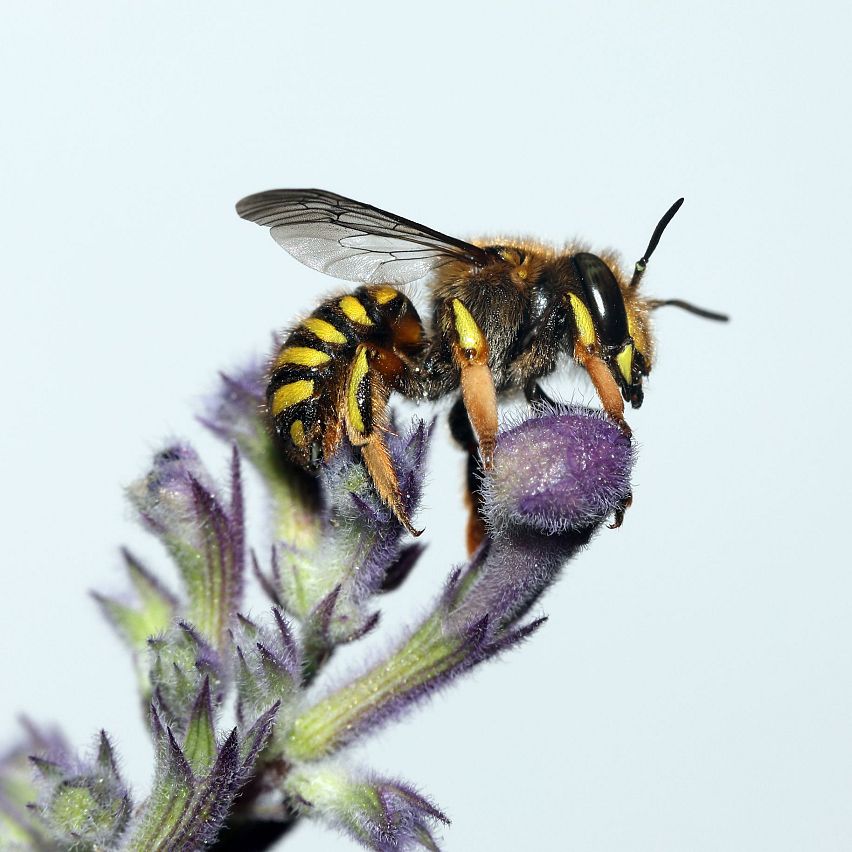
the defensive
Garden woolly bee
– Anthidium manicatum –
- Characteristics: wasp-like in color, up to 16 mm in size, females usually somewhat smaller, abdominal collector, males have a trident with three pointed spines on the abdomen, also used for territorial defense
- Habitat: Prefers flower-rich forest edges, but can also be found in gardens and parks
- Lifestyle: Live alone (solitary). Males defend their territory aggressively against intruding male woolly bees or foreign bees, mating females are welcome. The brood cells are made from plant hairs - hence the name of this bee species! Females use their upper jaws to scrape off leaf hairs, e.g. from mullein or sage, to make nests.
- Observation tip: not picky when choosing plants, can be found on labiates such as cicely, sage and deadnettle
- Observation period: June to September